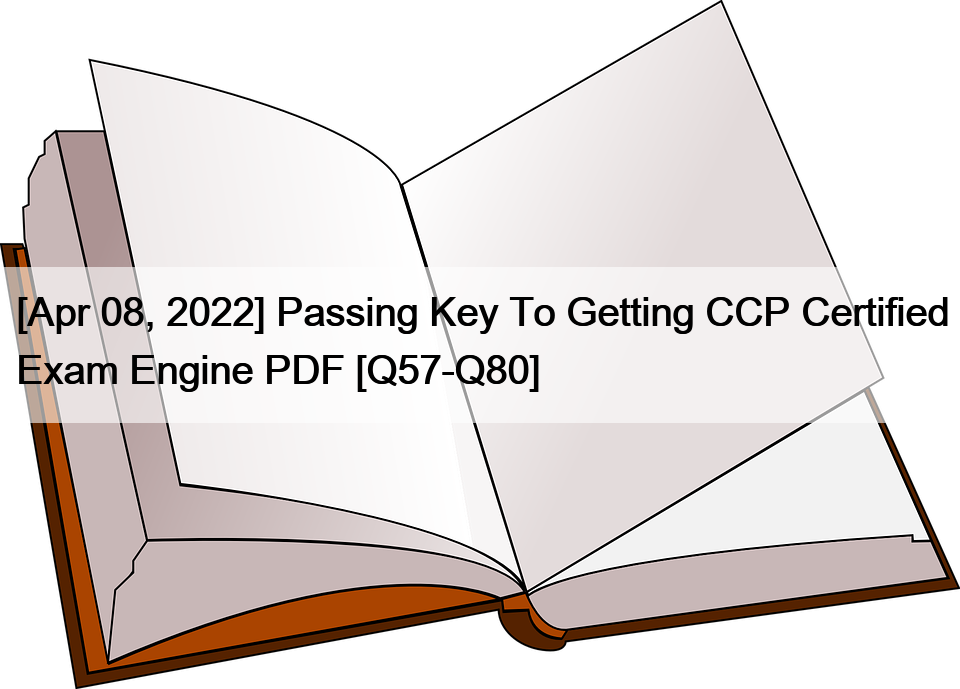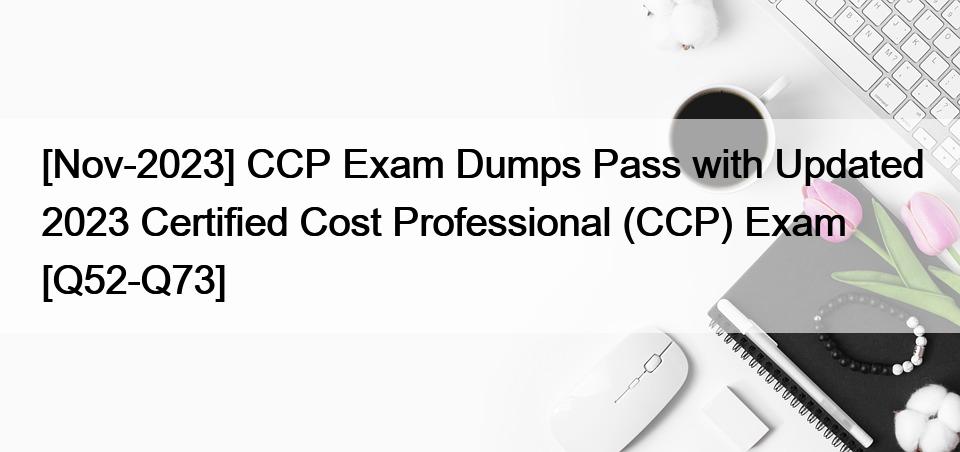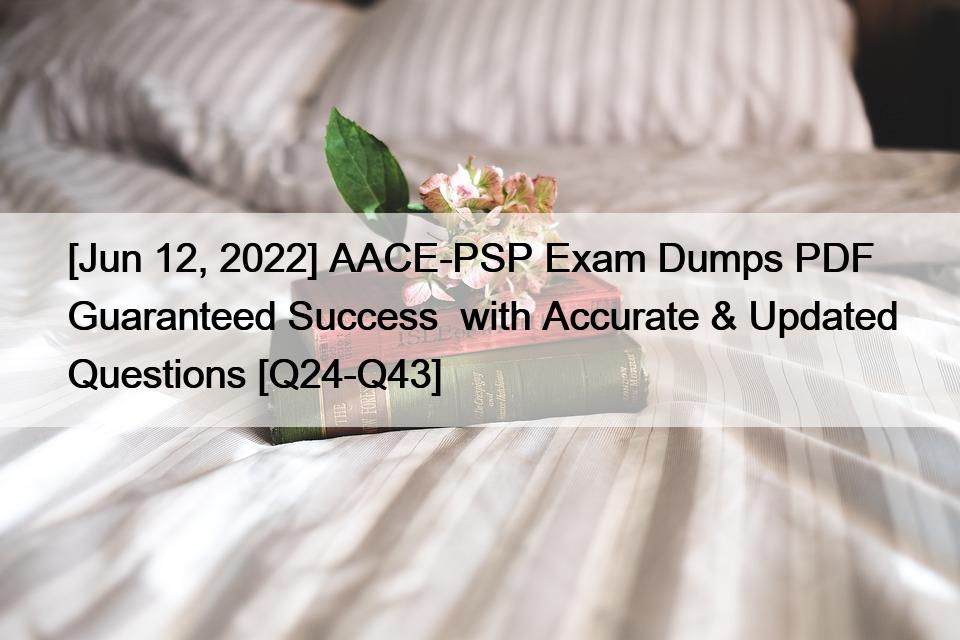[2022] Pass AACE-PSP Exam – Real Questions and Answers
AACE-PSP Exam Questions Get Updated [2022] with Correct Answers
Who should take the Planning & Scheduling Professional (PSP) Exam
This certification PSP exam test is intended for individuals with an advanced project planning experience and the production, tracking, updating, forecasting, and analysis of integrated project schedules. People who wish to be a part of AACE and lead the planning and scheduling process of their Total Cost Management framework are highly encouraged to take the exam. Before applying for this certification, applicants must have at least 8 years of related experience in the industry. Candidates with 4 years of industry experience can also apply for the exam if they have completed at least 4 years of a college degree in the same field in the past. For eligibility, applicants must adhere to AACE’s Canons of Ethics.
Introduction to Planning & Scheduling Professional (PSP) Exam
A PSP is a technical specialist in planning and scheduling with specialized experience in project planning and the production, tracking, updating, forecasting, and analysis of integrated project schedules. Under the AACE International Total Cost Management (TCM) system, the PSP leads the planning and scheduling process. A PSP can interact efficiently, both internal and external, with all project stakeholders.
In each of those chapters, the PSP Certification exam is divided into two main chapters (Planning and Scheduling) and two sections. A glimpse of all these sections could be found in the PSP exam dumps as well:
- Planning product
- Schedule maintenance and reporting
- Planning development
- Schedule development
Planning is the mechanism by which the length of the project task is added to the schedule is to define the project goals and the orderly tasks required to complete the project (the thought part) and not to be confused with scheduling.
Scheduling is a summary of when it is possible to complete each operation in a project and
It must be finished to be done on schedule. The simplest of schedules displays the beginning and completion of operations of a given period in bar chart format. More complex schedules provide schedule logic, usually in CPM format, and display the critical path and floats associated with each operation. A time series of events and activities that reflect an operational timetable. The schedule describes the relative task start and end times and event occurrence times. On a calendar framework or on an elapsed time scale, a schedule can be presented.
The exam is administered through computer-based testing (CBT) and consists of questions of multiple choice and essay-style questions. This test is a closed book. Programmable or preprogrammed calculators are also allowed (including those with financial functions). See the PSP practice exams to understand the paper format. This exam provides a framework for formally evaluating the expertise and abilities of the person in a subject against generally agreed standards. It recognizes those who have
demonstrated their experience and expertise in planning and scheduling.
Practice AACE-PSP Questions With Certification guide Q&A from Training Expert PrepAwayPDF: https://www.prepawaypdf.com/AACE-International/AACE-PSP-practice-exam-dumps.html



